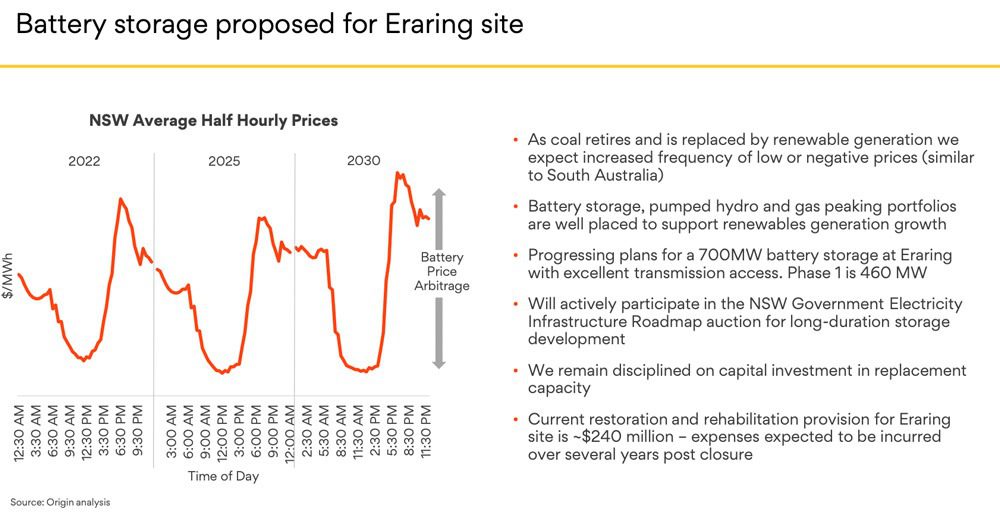Energy Coach - July
It's here - we're in the middle of winter, and most of us are feeling the chill, as well as the pain of high energy bills. Here's our roundup of what you can do to shrink your bills while keeping your home's comfort levels high.
Duck curve is the term for reduced daytime network demand due to the growth in rooftop solar. The duck curve brings new challenges and opportunities for the energy industry.

The rapid growth of rooftop solar means a steady year-on-year increase in solar generation during daylight hours. This has two interlinked impacts on the energy system: Its drives down daytime demand, which in turn drives down the average daytime spot price, while increasing the morning and evening average spot price on either side.
The first impact is on demand. Households will consume their own solar generation first, so the steady increase in solar capacity means a decrease in network-wide demand - why import energy when you're already producing it yourself?
Growth in rooftop solar PV creates the characteristic 'duck curve' by reducing the energy households and businesses must import from the NEM during the day.

The second impact is on spot prices. Rooftop solar drives down the electricity spot price during solar production hours because it both reduces network demand, and simultaneously increases energy supply - most households won't consume every last kWh they generate, and the excess generally goes to the grid.
The combined impact of these two factors can lead to low and negative spot prices during solar production periods.
This is why solar FiT rates have declined over time. Electricity cannot yet be stored at an appreciable scale — it must be generated and used instantaneously. The value of a kWh of energy is highly dependent on its time of generation, and at times when demand is low, and supply is high, a kWh of electricity can actually have a negative dollar value.
Conversely, the transition into the evening peak has become increasingly abrupt over time. Solar production tapers of through the late afternoon, but demand dramatically increases into the evening as people come home from work, cook their meals, and run their lighting, TVs, and other appliances.
From a network perspective, the rise of rooftop solar is a challenge. Rooftop solar is dispersed geographically, with over 3.3 million of distributed small-scale generation assets, which network operators do not control, distributed across millions of individual rooftops.
Every day, the network must manage an increasingly significant demand reduction as the sun climbs each day, followed by an increasingly steep demand acceleration as the sun sets and the evening peak kicks in.
The duck curve puts pressure on traditional power generators using fossil fuels. These generators typically need to keep their operations running around the clock, because it is slow and expensive to ramp up and down coal generation. Coal generators will continue to generate and deliver power at negative prices during low periods because accepting a negative price is cheaper than shutdown and ramping back up.
The duck curve also puts pressure on wholesale, and ultimately retail, prices - as sunlight weakens in the late afternoon and into the evening, the energy grid now requires a fast injection of energy to meet the sharp increase in demand as people return home to cook, watch Netflix, and relax.
The energy injection requires is too quick for coal to handle. Typically, gas-powered generators are the only ones capable of ramping up quickly enough to deliver for the rapidly increasing demand.
So as the demand duck curve deepens, a corresponding price curve has emerged where average wholesale prices spike in the evening ramp-up.
This steep price differential opens new commercial opportunities for energy storage, or 'firming' technologies, like batteries.
Origin Energy's Eraring Power Station is a black coal-fired power station in NSW, at Lake Macquarie, about 120 km north of Sydney and 40 km south of Newcastle.
Like all coal power stations, Eraring is not well placed to profitably serve the increasingly changeable network demand under 'duck curve' conditions.
In 2022, Origin announced a new strategy for the Eraring site, based on the reality that although the duck curve means depressed prices during daylight hours, it also increases prices in the early morning ramp-down and the evening ramp-up, creating a growing arbitrage opportunity for storage projects.

The Origin Eraring strategy is simple and effective. The daytime-to-evening pricing disparity is only getting wider, so replacing the coal generator with a grid-scale battery, which can continue to use the existing network connection, makes a lot of sense. The battery will soak up power during the times of cheap or negative spot prices caused by the solar duck curve, then will release that energy back to the grid to take advantage of the rapidly increasing demand and spot price into the evenings.
In April this year, Origin formally decided to progress the large-scale battery at Eraring. Stage one involves constructing a 460 MW battery storage system with a dispatch duration of two hours, anticipated to come online by the end of 2025.
The full Eraring big battery project will see a 700MW battery constructed at the site.
Savings as a Service is the blog site and newsletter from Bill Hero. Subscribe now and get your energy savings tips and information delivered fresh to your inbox every month.